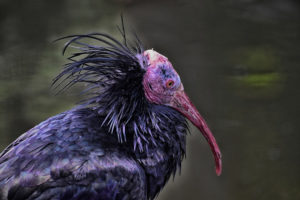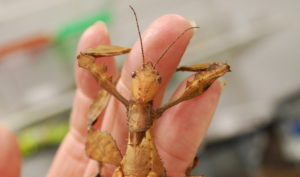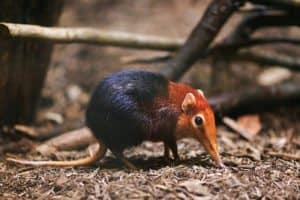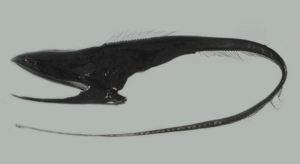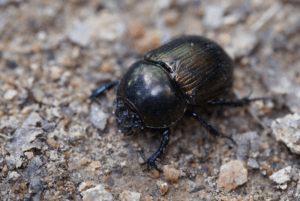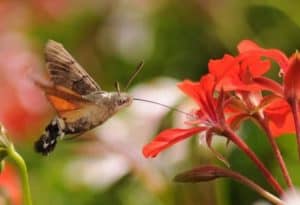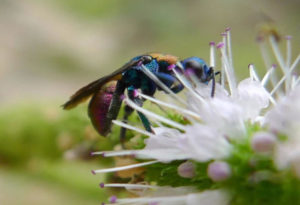Northern Bald Ibis Facts Related Articles Northern Bald Ibis Physical Description The remarkable Northern Bald Ibis quickly impresses those fortunate enough to encounter it, especially in the wild. Unlike some species, though, it does so for a combination of several reasons. One of those is its sheer physical size for a bird still capable of […]
Giant Prickly Stick Insect
Giant Prickly Stick Insect Facts Related Articles Giant Prickly Stick Insect Physical Description As the common name implies, the Giant Prickly Stick Insect attains a large size for a stick insect. Yet the invertebrate displays a marked degree of sexual dimorphism. This must be taken into consideration. Females reach lengths of as much as 8 in […]
Elephant Shrew
Elephant Shrew Facts Related Species Elephant Shrew Physical Description The Elephant Shrew has a rather small form, similar in size to its namesake shrews. This animal attains an average body length of 11.8 in (30 cm), and a weight of as much as 1.1 lb (0.5 kg). The long tail remains hairless. Elephant Shrews also […]
Gulper Eel
Gulper Eel Facts Related Articles Gulper Eel Physical Description First of all, the most distinctive feature of the incredible animal known as the Gulper Eel remains the quite obvious one. That, of course, would be the enormous mouth, which actually grows to a significantly larger size than the rest of the body. This species appears […]
Scarab Beetle
Scarab Beetle Facts Related Articles Scarab Beetle Physical Description First of all, given the sheer number of types of Scarab Beetle, many physical variations exist. However, certain basic traits remain consistent throughout the large group. Most noticeably, all types possess a compact body that displays a roughly oval and robust shape. Also, this family of […]
Tuatara
Source: http://bit.ly/1y8L85b Photo: KeresH CCL: http://bit.ly/2IjEG4n Tuatara Facts Related Articles Tuatara Physical Description First of all, the incredible Tuatara display a moderate degree of sexual dimorphism. The males typically grow about one-third larger than the females. Males average roughly 24 in (61 cm) long and 2.2 lb (1 kg) in weight. Meanwhile, females average about […]
Wallace’s Flying Frog
Wallace’s Flying Frog Facts Related Articles Wallace’s Flying Frog Physical Description The impressiveness of the aptly-named Wallace’s Flying Frog does not originate solely with its aerial abilities. Its size and appearance both also serve to merit interest in the wonder. In fact, it constitutes a slightly larger than average variety of frog. The amazing amphibian […]
Hummingbird Hawk Moth
Hummingbird Hawk Moth Facts This Lepidoptera primarily goes by the common name of the Hummingbird Hawk Moth. Entomologists, however, know it better by its official scientific name. That, though, is the hard to pronounce term of Macroglossum stellatarum. Whatever name one chooses to use to refer to it, it’s a fabulous creature. The first recognition […]
Black Banded Sea Krait
Source: http://bit.ly/2DuYUsj Photo: Nemo’s great uncle CCL: http://bit.ly/2OUHszC Black Banded Sea Krait Facts Related Articles Black Banded Sea Krait Physical Description Most notably, somewhat large black bands cover much of the body of the Black Banded Sea Krait. However, the rest of the body often presents a moderately wide variety of colors. In addition, the […]
Jewel Wasp
Jewel Wasp Facts Firstly, the Jewel Wasp serves as the common name for an extremely unusual species of insect. However, it also goes by another name, even more distinctive. This other name is the Emerald cockroach wasp. In addition, this invertebrate represents a rather solitary wasp in the family Ampilicidae. But, unlike many related species, […]
